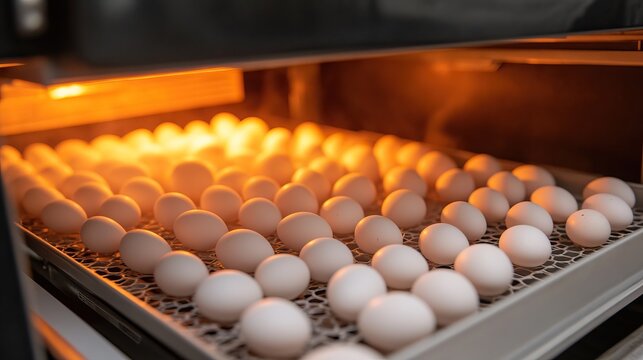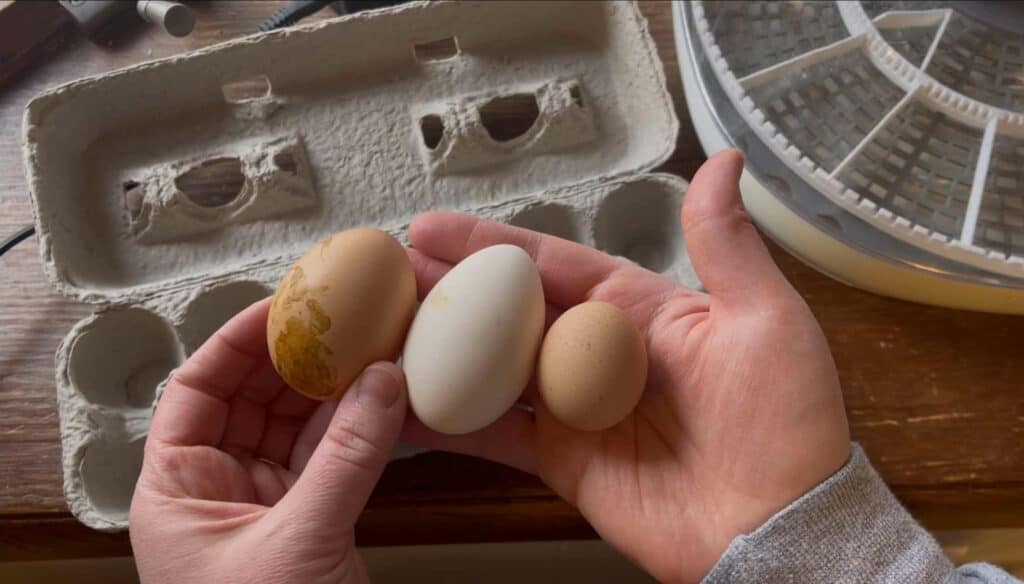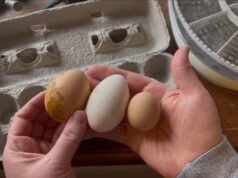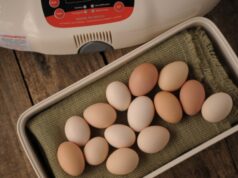The egg turning schedule in incubator plays a crucial role in the successful hatching of eggs. For those who are passionate about poultry, knowing the right schedule can make a significant difference in the hatch rate. It’s important to initiate a proper turning schedule from the very start of the incubation process to ensure healthy development of the embryos.
Egg turning is essential because it prevents the embryo from sticking to the shell and promotes even temperature distribution. This article will break down the importance of a turning schedule and provide guidance on how to implement it effectively.

Why Egg Turning is Essential
Eggs need to be turned regularly during incubation for several reasons. Most importantly, it prevents the embryo from adhering to the shell membrane. Moreover, turning helps in the even distribution of nutrients and maintains the embryo’s position, which is vital for its growth and development.
The Science Behind Egg Turning
Embryos develop in the yolk, and turning helps in the distribution of albumen, which provides necessary nutrients to the growing embryo. Turning also helps in maintaining the temperature gradient within the incubator, ensuring all parts of the egg are warmed evenly.
How Often Should Eggs Be Turned?
For optimal results, eggs should be turned at least three times a day. However, many breeders recommend turning eggs up to five times a day. The key is consistencyensuring that the eggs are turned at regular intervals throughout the day.
Automated vs. Manual Turning
Many modern incubators come with automatic turning systems, which take the guesswork out of the process. Automatic turners typically rotate the eggs every hour or so, reducing the workload for the breeder. On the other hand, manual turning requires more attention and diligence to ensure eggs are turned at consistent intervals.
Creating an Egg Turning Schedule
Creating a reliable egg turning schedule in incubator involves setting specific times during the day to turn the eggs. For those manually turning, setting alarms or reminders can be incredibly helpful. Consistency is key, and sticking to a schedule ensures the best possible hatch rate.
Factors to Consider
When establishing your schedule, consider factors such as the type of incubator, the number of eggs, and personal availability. Each of these elements can affect how you manage the turning process.
Common Mistakes to Avoid
One common mistake is not turning the eggs frequently enough. Another is turning them too aggressively, which can harm the developing embryos. Always handle eggs gently and follow a consistent routine.
Monitoring Egg Development
It’s crucial to monitor the development of the eggs throughout the incubation period. Regular candling can help assess the growth of the embryos and ensure they are developing correctly. For more on candling, check out this guide: Candling Eggs.
Choosing the Right Incubator
Not all incubators are created equal. Some are better suited for specific types of eggs or larger batches. When selecting an incubator, consider the features it offers, such as automatic turning and humidity control. For more insights, visit: Best Incubator Practices.
Temperature and Humidity Control
Maintaining the right temperature and humidity levels is equally important as turning. These factors significantly impact the development of the embryo. To learn more about ideal settings, visit: Incubator Temperature Guide.
When to Stop Turning Eggs
Typically, you should stop turning the eggs three days before they are due to hatch. This period, known as lockdown, allows the embryo to position itself optimally for hatching.
Preparing for Hatching
As hatching day approaches, ensure that the incubator’s environment is stable. Maintain appropriate humidity and temperature levels and avoid unnecessary disturbances.
Conclusion
The egg turning schedule in incubator is an integral part of the hatching process. By understanding and implementing a proper turning schedule, you can significantly increase your success rate and hatch healthy chicks. Consistency, careful monitoring, and the right equipment all contribute to a successful hatch.
Further Reading
For more detailed information on hatching eggs, consider exploring: Care and Incubation of Eggs.

FAQ
Do all eggs need to be turned during incubation?
Yes, most eggs require turning to ensure the embryo develops correctly and doesn’t stick to the shell.
Can I use a homemade incubator for egg turning?
Yes, a homemade incubator can be effective if it maintains consistent temperature and humidity levels and allows for regular turning.
What happens if eggs aren’t turned?
If eggs aren’t turned, the embryo may stick to the shell membrane, resulting in developmental issues or failure to hatch.
This article contains affiliate links. We may earn a commission at no extra cost to you.











